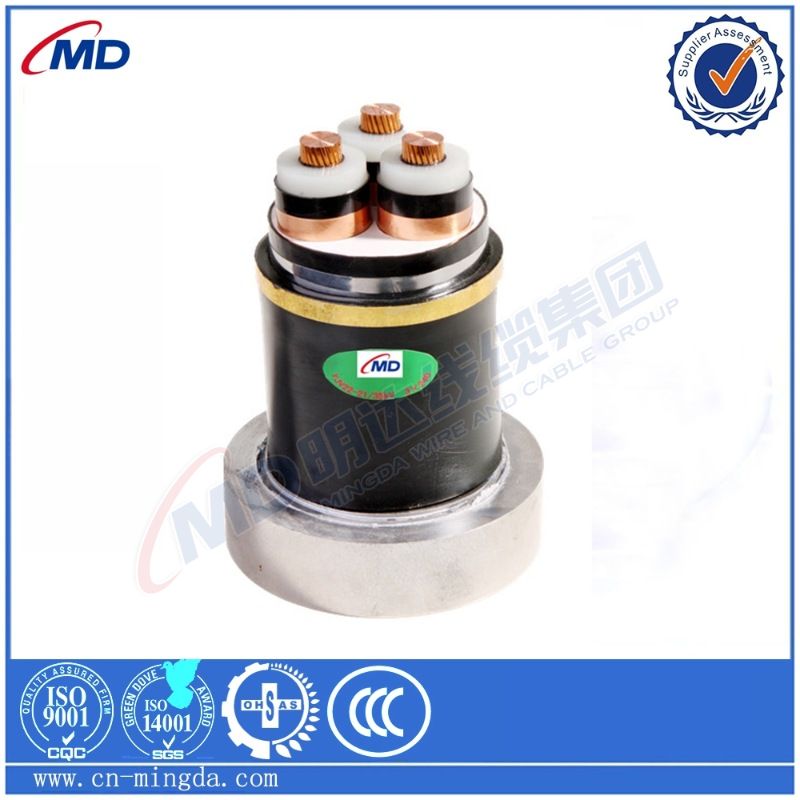10 月 . 15, 2024 00:40 Back to list
Understanding the Function and Importance of Diaphragm Foot Valves in Fluid Systems
Understanding the Diaphragm Foot Valve An Essential Component in Fluid Systems
In various fluid transport applications, one of the most crucial components is the foot valve, particularly the diaphragm foot valve. Designed to manage the flow of liquids, these valves play a significant role in maintaining the functionality and efficiency of pumping systems. This article explores the diaphragm foot valve, its design, operation, benefits, and applications.
What is a Diaphragm Foot Valve?
A diaphragm foot valve is a type of check valve installed at the bottom of a suction line. Its primary function is to prevent backflow and ensure that fluid remains in the line when the pump is not operating. This valve utilizes a flexible diaphragm, which moves in response to pressure changes in the fluid. When the pump is in operation, the diaphragm lifts, allowing the fluid to flow through the valve. Once the pump is turned off, the diaphragm closes, preventing any reverse flow back into the well or source.
Design and Components
The diaphragm foot valve is generally composed of several key components
1. Body This is the main structure of the valve, typically made from durable materials such as plastic, stainless steel, or brass, depending on the application and the type of fluid being handled.
2. Diaphragm The heart of the foot valve, it is a flexible membrane made from rubber or synthetic materials, designed to withstand the conditions of the fluid environment. The diaphragm's movement is what allows or restricts the flow of liquid.
3. Spring A spring mechanism may be included to help return the diaphragm to its closed position when the fluid pressure decreases.
4. Strainer Many diaphragm foot valves incorporate a strainer or filter at the intake to prevent debris from entering the pump system. This is essential for protecting the pump and ensuring long-term reliability.
Operation Mechanism
The operation of a diaphragm foot valve relies on the principles of pressure differential. When the pump operates, it creates a vacuum, which causes the diaphragm to lift and allows fluid to flow into the pump. As the pump ceases operation, the pressure at the suction line drops, and the diaphragm returns to its closed position due to the weight of the fluid above it and the tension of the spring if present. This design ensures that the foot valve effectively maintains the fluid column, preventing air from entering the system, which could lead to pump cavitation and inefficiency.
Benefits
di foot valve

The diaphragm foot valve offers numerous advantages
- Prevention of Backflow By preventing the reverse flow of liquid, it ensures that the suction line remains primed and ready for the next operation.
- Reduced Cavitation Risks Keeping a closed system helps to avoid cavitation, which can lead to significant damage to pumps and related equipment.
- Minimal Maintenance The diaphragm’s design means that these valves require less frequent maintenance than traditional metal foot valves, which can corrode over time.
- Versatility Diaphragm foot valves can handle various fluids, including water, chemicals, and wastewater, making them ideal for various industries.
Applications
Diaphragm foot valves are widely used in numerous applications, including
- Pumping Stations Essential for water supply, irrigation, and drainage systems.
- Aquaculture Used in water management systems in fish farming to maintain optimal water levels.
- Chemical Processing Suitable for handling a variety of chemicals where traditional metal valves may corrode.
- Fire Protection Systems Ensuring that water is readily available and preventing backflow in fire suppression systems.
Conclusion
The diaphragm foot valve represents a vital component in the realm of fluid dynamics, especially in pumping applications. Its unique design and functionality contribute to enhanced efficiency and reliability in various settings. Whether in agricultural irrigation systems, industrial processes, or residential water supply, understanding the operation and advantages of diaphragm foot valves is essential for engineers, operators, and maintenance personnel alike. By incorporating these valves into fluid systems, organizations can achieve improved performance, reduced downtime, and greater operational longevity.
Share
-
Understanding the Differences Between Wafer Type Butterfly Valve and Lugged Butterfly ValveNewsOct.25,2024
-
The Efficiency of Wafer Type Butterfly Valve and Lugged Butterfly ValveNewsOct.25,2024
-
The Ultimate Guide to Industrial Swing Check Valve: Performance, Installation, and MaintenanceNewsOct.25,2024
-
Superior Performance with Industrial Swing Check Valve: The Essential Valve for Any SystemNewsOct.25,2024
-
Industrial Swing Check Valve: The Ideal Solution for Flow ControlNewsOct.25,2024
-
You Need to Know About Industrial Swing Check Valve: Functionality, Scope, and PerformanceNewsOct.25,2024